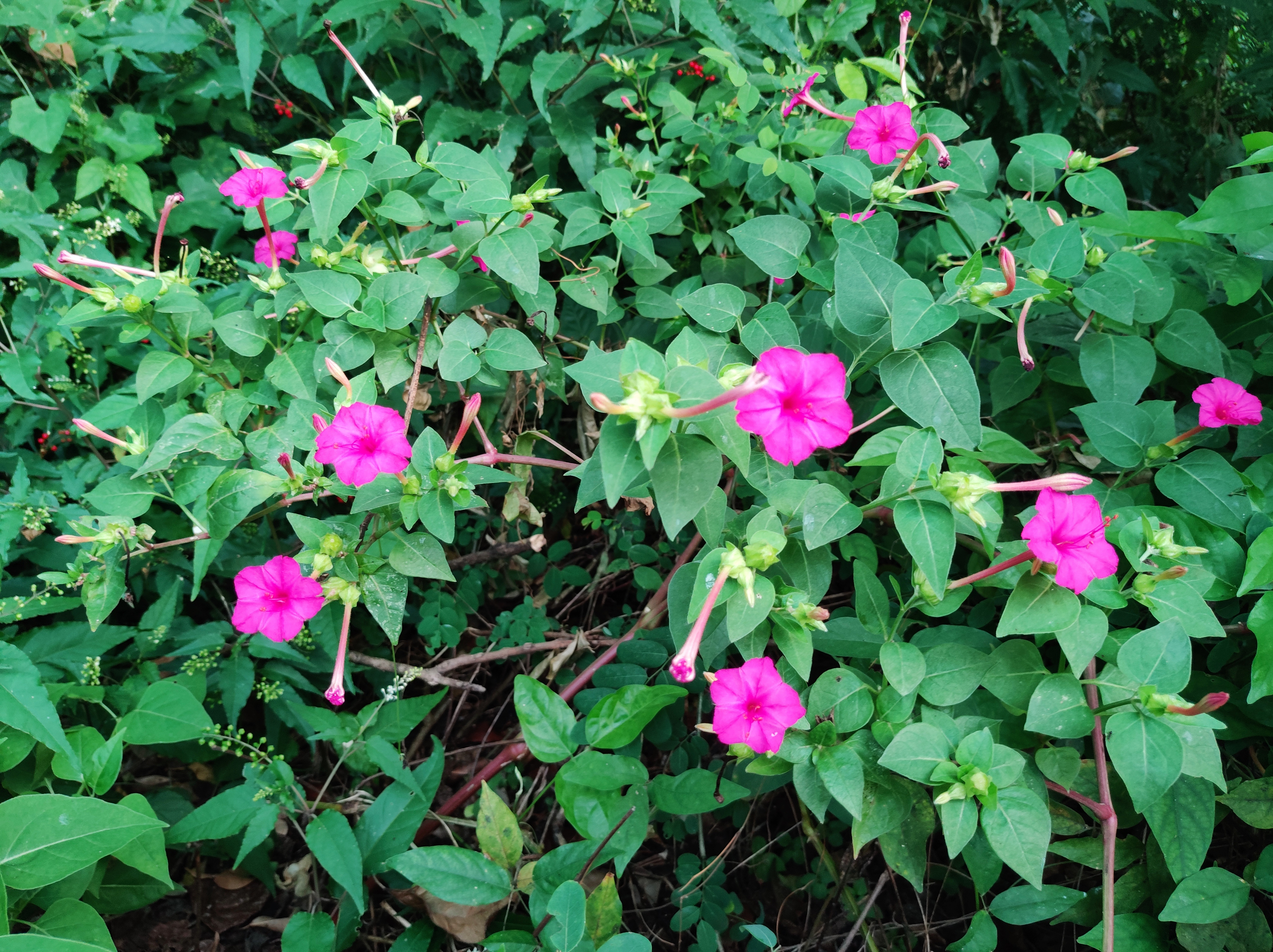Jalap
(Ipomoea purga)

Description
Ipomoea purga is a species of flowering plant in the genus Ipomoea. It is commonly referred to as jalap and is probably also the source of the John the Conqueror root. Ipomoea purga is described as a vine that can reach heights of 12 feet (3.7 m). When fresh, the root is black externally, white and milky within, and varies in size according to its age. It has heart shaped leaves and purple trumpet like flowers. Ipomoea purga is rather difficult to break down, but if triturated with cream of tartar, sugar of milk, or other hard salts, the process of pulverization is much easier, and the powder rendered much finer. When in powder form in order to ingest, the color is a pale grayish brown. Ipomoea purga is native to Mexico and it is naturalized in other parts of the neotropics. Ipomoea purga was encountered by Spanish conquistadores during the conquest of Mexico. It was introduced to Europe in 1565 as a medical herb used to treat an array of illnesses up until the 19th century when modern medical practices became the norm. The root contains convolvulin, which is a powerful cathartic (see jalap). It is used to prevent diarrhea, but large amounts will induce vomiting. When applied to a wound, it is said to induce purgation. Ipomoea is the largest genus in the flowering plant family Convolvulaceae, with over 600 species. It is a large and diverse group, with common names including morning glory, water convolvulus or kangkung, sweet potato, bindweed, moonflower, etc. Their most widespread common name is morning glory, but some species in related genera bear that same common name and some Ipomoea species are known by different common names. Those formerly separated in Calonyction are called moonflowers. The generic name Ipomoea is derived from the Greek íps, ipós meaning "woodworm", and hómoios, meaning "resembling". It refers to their twining habit. The genus occurs throughout the tropical and subtropical regions of the world, and comprises annual and perennial herbaceous plants, lianas, shrubs, and small trees; most of the species are twining climbing plants. Most species have spectacular, colorful flowers, and are often grown as ornamentals, and a number of cultivars have been developed. Their deep flowers attract large Lepidoptera - especially the Sphingidae, such as the pink-spotted hawk moth (Agrius cingulata) - or even hummingbirds.
Taxonomic tree:







